Wildlife garden ideas – 17 easy ways to turn your outdoor space into a haven for wildlife
Attract butterflies, birds, hedgehogs, bees and more to your outdoor space with our top tips
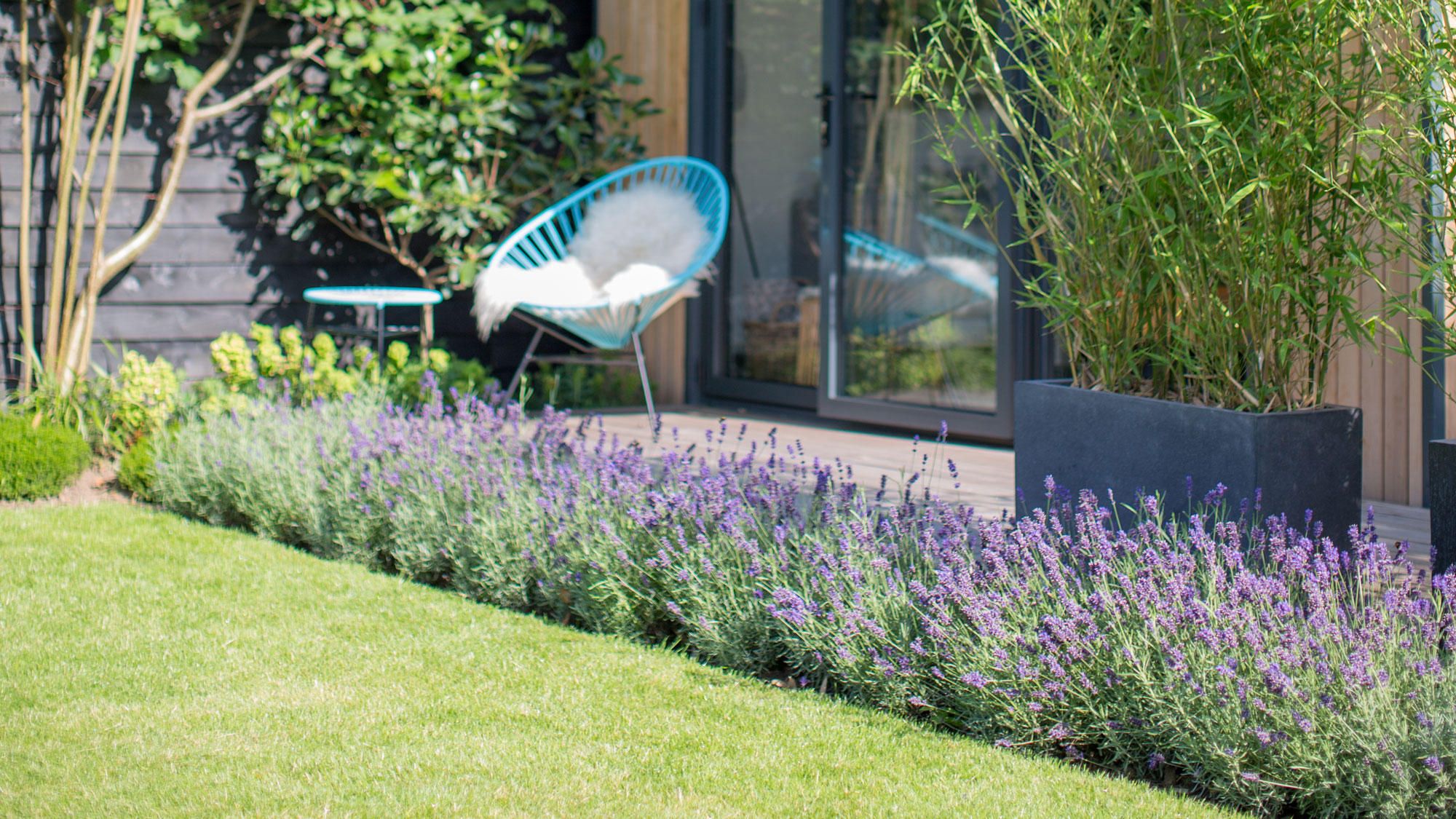
Welcome wildlife into your garden to embrace a deeper appreciation for nature. However big or small your outdoor space our wildlife garden ideas can inspire your planting to provide a plentiful refuge for wildlife.
With some thoughtful planning you could soon find your garden teaming with insects, birds, small mammals and more.
Whether you live in the countryside or in an urban area, you can still create a wildlife haven in your garden by making a few small adjustments that will make your patch irresistible to natures good guys.
As well as being a real spirit-lifter, this will have the advantage of cutting down on undesirables such as slugs, snails and aphids. From brewing your own compost to building a pond, here's how to make nature go wild for your outdoor space.
Wildlife garden ideas
'The longer I garden, the more important the multifaceted quality of a plant is' says renowned gardening expert Sarah Raven.
'A plant is not just there to deliver incredible pleasure to us, which is very, very important and what gardens are primarily for in a way, but they do have a bigger, wider role too. Just sit and watch a plant. If you've got bees and butterflies visiting, it's almost certain they're not visiting an empty bar, they're finding something in there.'
1. Forget about perfection
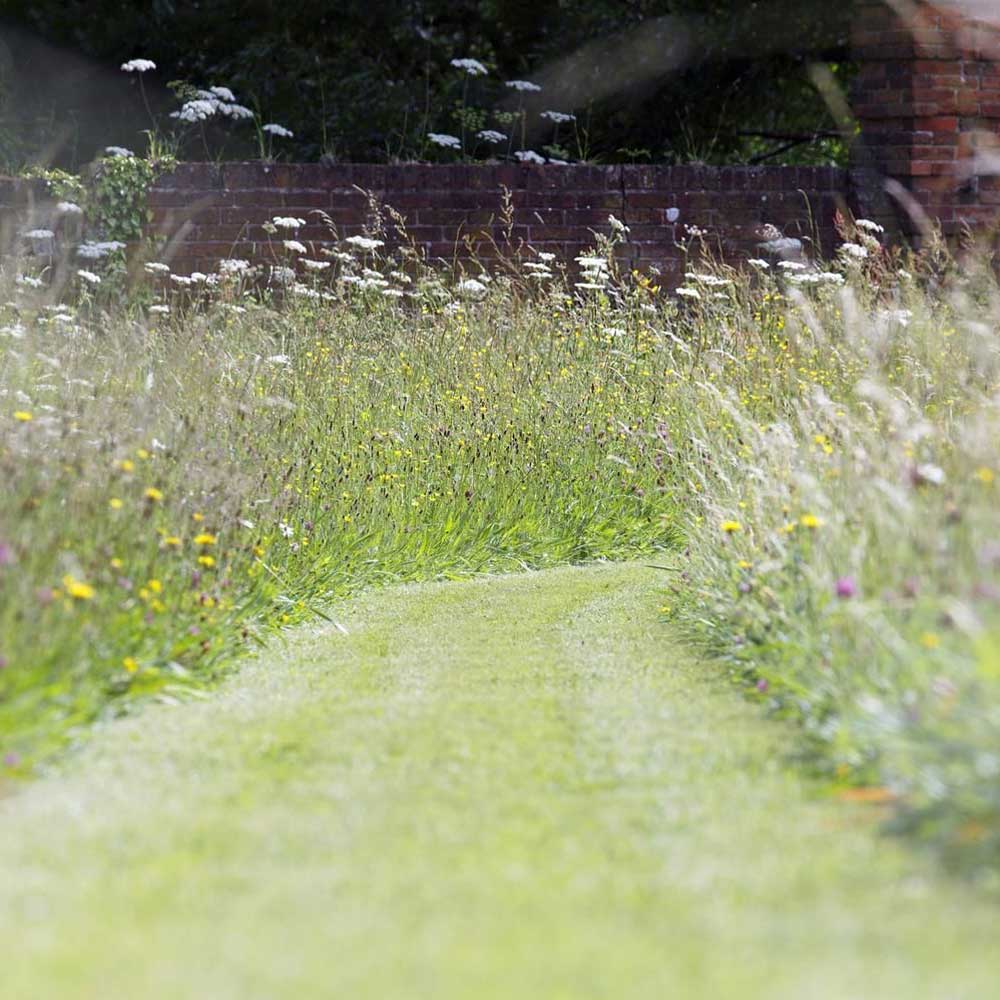
The fewer chemicals you use the more attractive your garden will become to wildlife. Use organic seed and fertilisers. Allow long grass to grow in certain areas where flora and fauna will thrive.
Get the Ideal Home Newsletter
Sign up to our newsletter for style and decor inspiration, house makeovers, project advice and more.
An overly manicured garden will look immaculate but it will certainly lose much of the dynamism wildlife brings to a garden.
2. Hang a squirrel picnic table
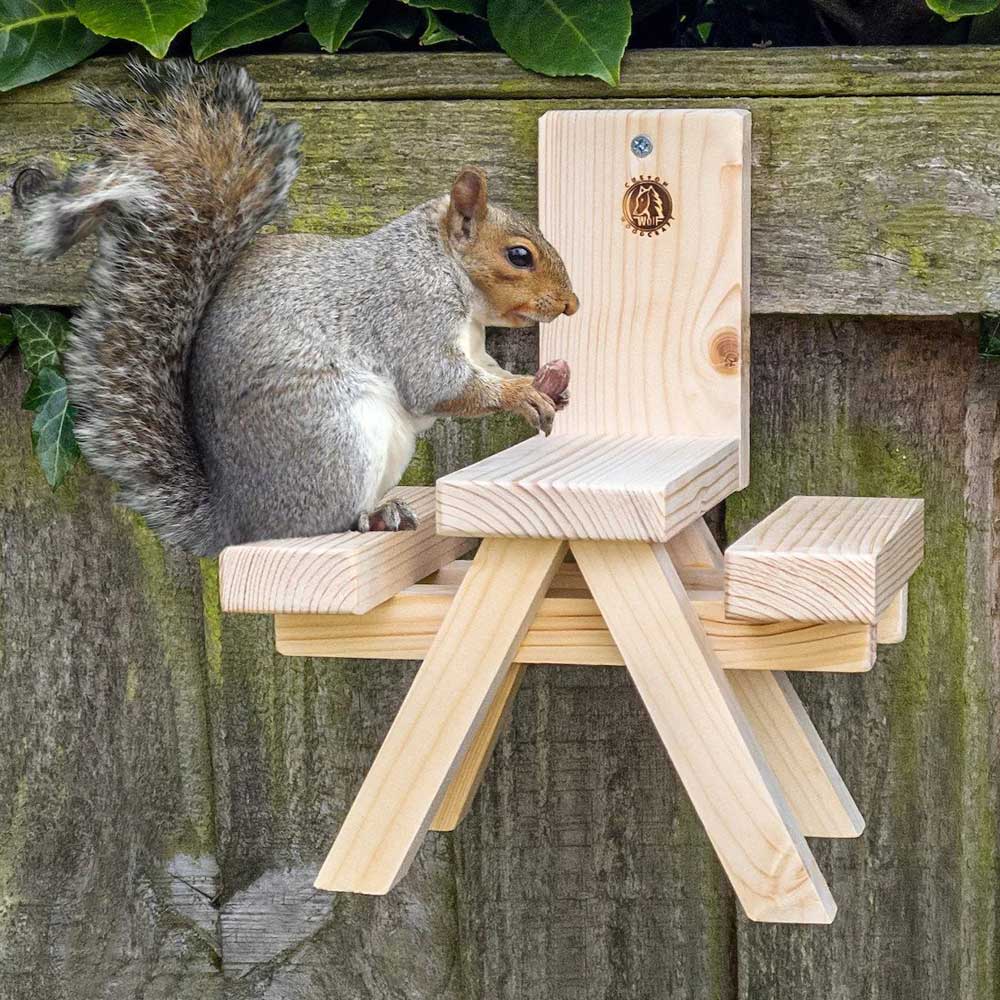
Give your garden's furry friends a great place to snack for lunch with a squirrel picnic table, £14.99, Etsy hung from a garden fence. Just add some nuts and seeds or even a bowl of water and watch them frolic to rest their weary paws.
3. Serve up a feast for feathered friends
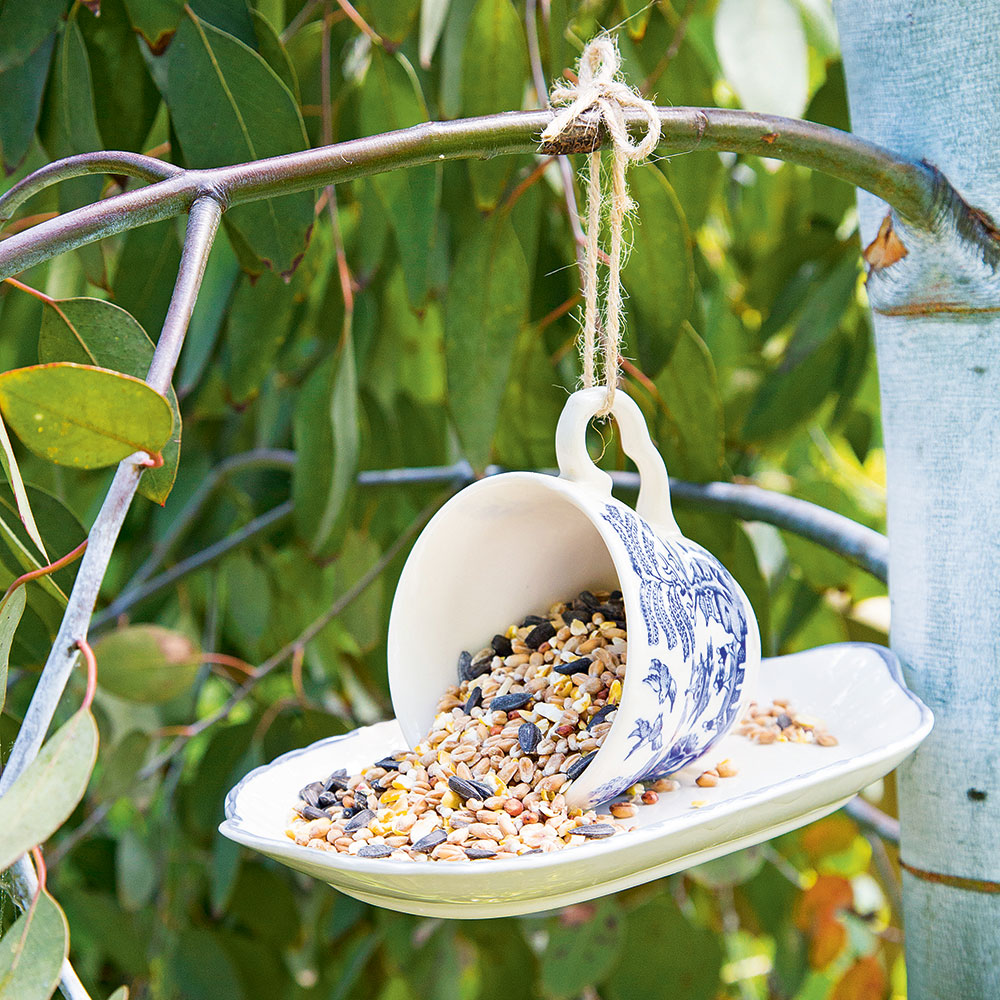
Put out additional bird food during the spring breeding season to encourage birds to flock to your garden. If you have cats in the household ensure the bird feeders are placed out of immediately danger, because birds won't settle if they feel threatened.
During the spring and summer, when birds are feeding their young, put out foods high in protein, such as sunflower seeds and soaked raisins and sultanas. In autumn and winter, switch to high-energy foods with more fat, such as kitchen scraps.
The RSPB has a great range including bird seed and bird food mix feeders, peanut and suet nibble feeders, suet feeders for cakes and balls for the wild birds in your garden
4. Plant insect-friendly flowers

Nature’s prize pollinators will make an, um, beeline for your garden if you plant a pretty mix of flowers – think alliums, lavender and catmint – and cultivate a fragrant herb garden with rosemary, sage, mint and chives.
You can also get your garden buzzing by packing in as many pollinator-friendly flowers, such as marigolds, cornflowers and geraniums (the RHS has a full list here), as possible. Avoid plants with double or multi-petalled flowers as they may lack nectar and pollen and insects may have difficulty in gaining access.
Remember, too, that pollinator-friendly plants can be seriously stylish: the unexpected 'it' flower of 2024 is cow parsley – and experts say it's set to become a garden border hero thanks to its pretty blooms and low maintenance vibes. Win!
5. Leave your garden to grow
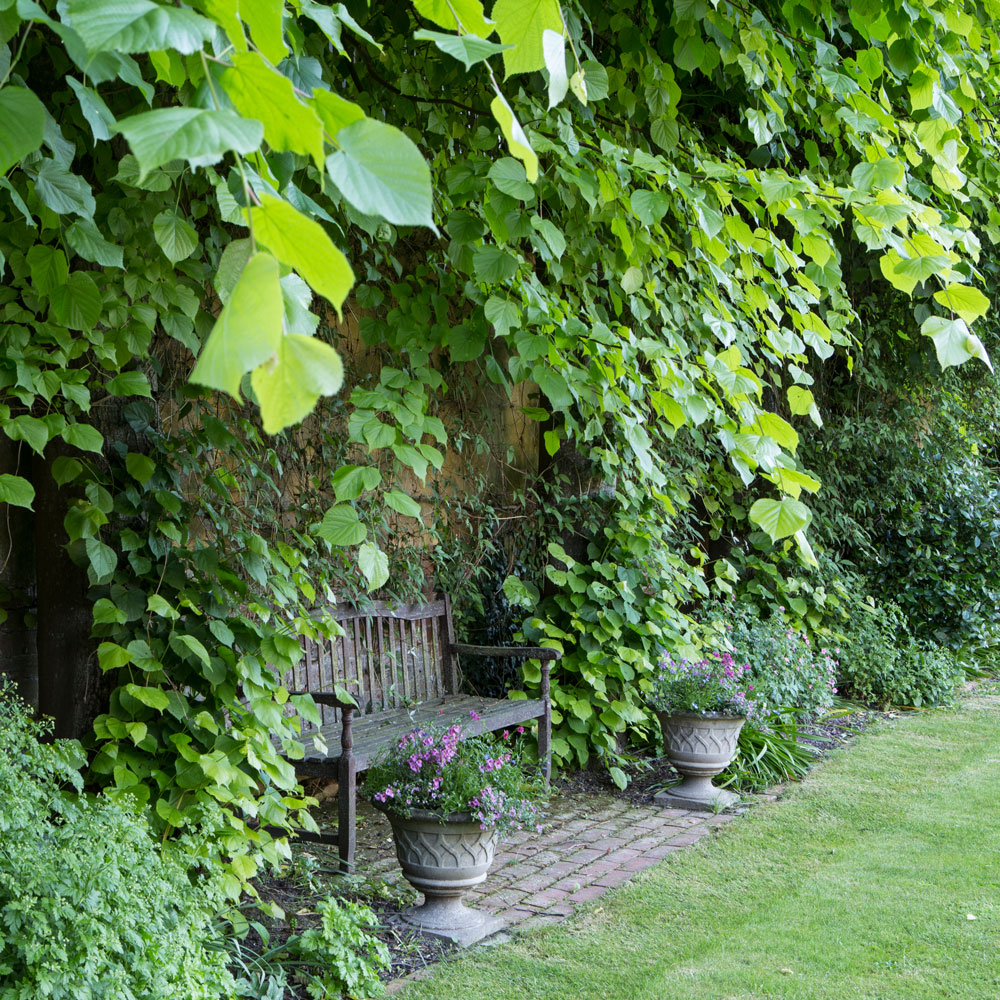
Cutting back on cutting back is possibly the easiest way to bring wildlife into your garden. If you have a lawn, resist the urge to mow it, as long grass is important for butterflies to lay their eggs in. Leave tidying up borders and shrubs until late winter or early spring, to provide shelter for insects throughout winter.
Climbers such as ivy will provide a protective habitat all year round and a late source of autumn nectar for insects, and late winter fruit.
6. Open a bee hotel

In addition to the flowers to attract bees, welcome them to stay for longer with the addition of a bee hotel. A simple DIY garden hack you can make a bee hotel for your own backyard – fill it with fruits and natural filler and they'll be so comfortable, they’ll never want to check out.
7. Plant specifically for bees

The plight of the bee has been greatly acknowledged in recent years, and for good reason! Bees play a crucial role in our eco system, producing a third of the food we eat – we'd be lost without the humble bumble bee.
Our own gardens can play an importance role in nurturing the bee population, so how can we encourage bees to enjoy our gardens? Colourful planting, that's how. Because bees see flowers in ultra-violet, a key way to incite them into your garden is by planting more blue and violet flowers.
8. Entice the butterflies

These fluttery characters just love to drink down nectar-rich flowers in sunny spots. Plant out your garden with a pretty mix of flowers such as buddleja, wallflower and lavender – not only will this give your patch a colour boost, but the butterflies will soon flock over to yours.
And be sure to leave some fallen fruit at the bottom of trees as the butterflies will feast on over-ripe plums, apples and pears.
9. Make a watery world for wildlife

A pond, or even just a container of water, will attract wildlife such as frogs and newts to your garden. If you're overwhelmed with slimy slugs and snails, enlisting the services of Frogs and Toads is a great way to keep them at bay. These hungry amphibians are spectacular at keeping down the slug population, meaning no more chewed-up home-grown fruit and veg and no decimated plants.
Ensure that you keep the pond clean and control algae – you can do this without harmful chemicals with barley straw pond cleaners. Give it a sloping edge so animals can access the water easily.
10. Create a compost heap

By recycling kitchen scraps – always uncooked unless you want a bunch of unsavoury rats to show up – you’re doing your bit for the environment by helping to cut down on landfill use and pollution, as well as providing a yummy meal for hedgehogs, toads and slow worms.
You don’t need anything fancy to get going – a heap of vegetable peelings, grass cuttings, old teabags and coffee grounds covered with an old rug will soon rot down to a lovely nutrient-rich mix you can use to power up your garden. You can also buy pre-made wooden composter boxes or fashion something from anything you have lying around in the garden shed.
Here's how to make compost to feed your garden for free.
11. Swap your fence for a hedgerow

If you’re keen to get more wildlife in your garden replace ordinary fences with cultivated hedgerows. Create a living hedge that will not only be a visual treat it will provide wildlife with food and shelter.
Native plants such as blackthorn, hawthorn, field maple or hazel will provide nesting sites and berries, nuts and hips will encourage hungry wildlife in wintertime.
12. Introduce a bird box for nesting
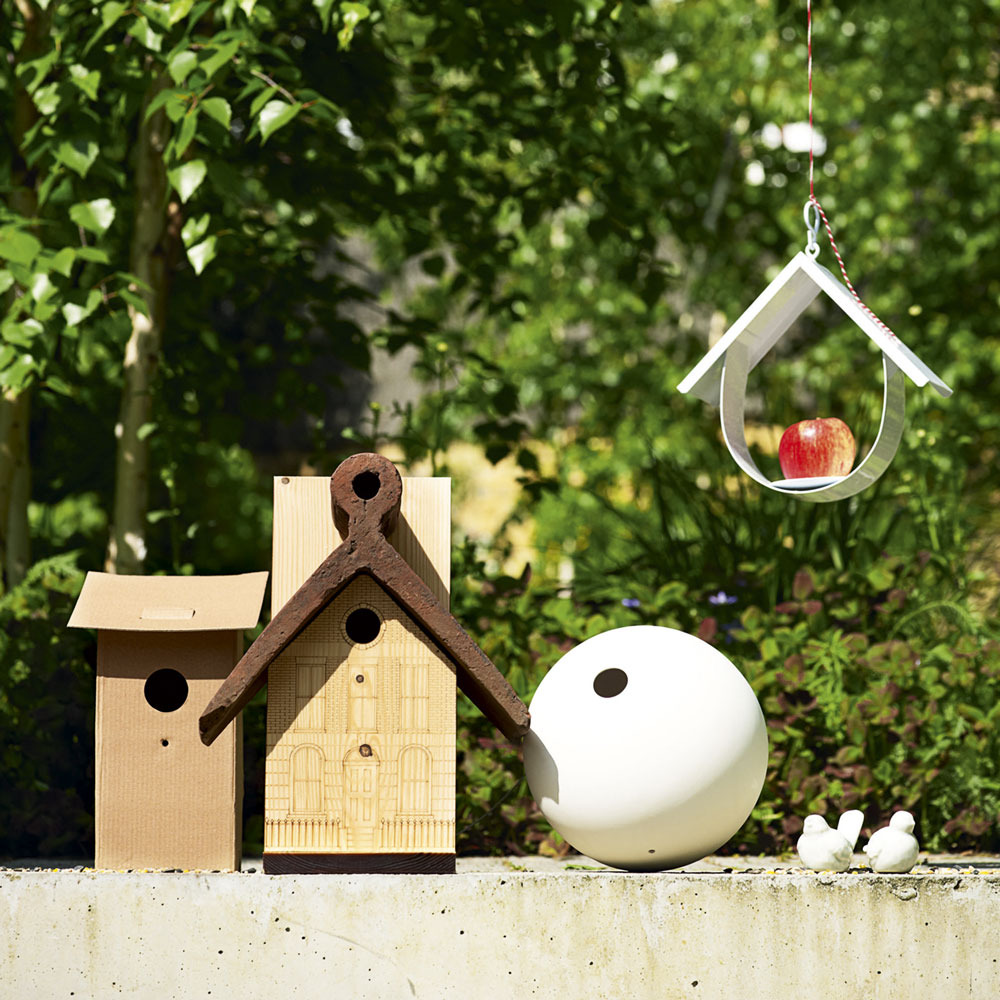
Summer is the perfect time to put up a bird box. Make sure it’s in a sheltered spot, out of reach of predators, and attract a variety of species by using a range of feeding techniques. Even a small garden idea can welcome birds with a small box.
13. Pile up logs

Stack logs and twigs from your spring clean to create a wildlife corner. Keep a pile of logs in an undisturbed spot in your garden to provide shelter for insects and mammals.
If a hedgehog makes a home there, it will feed on all your slugs and snails. This is an added bonus if you're keen to keep them away from your new crop of plants.
14. Appeal to hedgehogs

The humble hedgehog is another prize slug and snail muncher, who has the added plus of being super-cute. When it comes to encouraging one to set up home in your garden, be sure to keep areas wild, with copious amounts of leaf litter and a few logs, or treat your spiky visitors to a hedgehog house. They will also happily take up residence near a nutritious compost heap.
Feed hedgehogs by leaving any leftover dried fruit or cooked veg out in your garden for them to graze on. But the advice is make sure to avoid bread and milk, as these items can make hedgehogs ill.
15. Keep your guests hydrated

While a pond will provide a source of water it's best to add less overwhelming source of water, for the insects and small mammals that can't swim – so may be fearful of a pond. For an inviting place to stay hydrated add a birdbath to your garden.
' Provide water for pollinators using a shallow dish filled with stones/marbles and water to provide a safe water source,' advises Shannen Godwin from J Parker’ Plants and Bulbs. 'A simple bird bath will give the birds somewhere to bathe as well as doubling as a water supply.'
16. Welcome nature in an urban setting

'The biggest thing for urban gardeners to do is to try and give cover back to birds' explained Arthur Parkinson, who trained at the Royal Botanical Gardens, on the ‘Grow, Cook, Eat, Arrange’ Podcast series.
'During my lifetime I've witnessed, particularly in my hometown, a complete massacre of hedges in gardens. Hedges provide birds shelter and a place to nest.'
17. Make a bat cave

They get a bad press but bats are super useful for our gardens. 'Did you know that attracting bats to your garden is one of the safest and most efficient methods for natural insect control?' asks Shannen Godwin. 'One little brown bat can eat 1,200 insects per hour! A great bat-attracting
method is to build a bat house to provide a warm cosy shelter for the creatures.'
Use a rough, nontoxic wood (such as plywood or cedar) to construct a box-cum-bat cave. The rough texture of these woods makes it easier for bats to climb in and out of the house.
Give your garden an update with easy garden ideas – simple, low-maintenance updates to transform your outdoor space.
How do you make a wildlife friendly garden?
All the steps above are how you make a wildlife friendly garden. Providing shelter and food are the two crucial ways to make wildlife feel at home in your garden. Encouraging wildlife into your garden is a winner all-round. They can help out your garden plants and you would be doing a good deed for all those creatures in need of a home or food throughout the winter.
Birds, butterflies and bees are pretty to look at and help improve your garden’s production. Encouraging hedgehogs, bats and frogs is an ideal solution for pest control, reducing the need for pesticides.
'If you miss the heartbeat that is the bees, the butterflies and the birds, you’re missing the real status quo of what a garden should be' says Arthur Parkinson.
'If you grow a red millet, you'll get a goldfinch hopefully, or a house sparrow. Even if you grow a single dahlia, you may see a butterfly and a bee. For me, when I look out the window and see wildlife thriving off my garden, I do find a huge appetite to continue gardening.'

What plants are good for wildlife?
What plants are good for wildlife in terms of encouraging them into the garden. To offer expert advice we asked J Parker’s Shannen Godwin, and she said the following:
Bee friendly plants
- Dahlias
- Asters
- Sedums
- Cornflower
- Heather
Ladybug friendly plants
'Ladybugs eat two things: insect pests and pollen, and there are several pollen plants that ladybugs like, including:'
- Calendula
- Chives
- Cosmos
- Marigold
Bird friendly plants
'You can plant different shrubs/trees/flowers that will either provide food for birds in the form of seeds, berries or nectar,' Shannen explains. 'Also giving shelter and warmth under dense foliage or they will attract insects which birds and other wildlife can feed off.'
Here are some of our top choices:
- Honeysuckle
- Rowan
- Viburnum Opulus
- Holly
Frog friendly plants
'Toads and female frogs usually spend winter on land, under rockery stones or in a log pile' explains Shannen. Before going on to recommend the following rock plants:
- Aubretia
- Hardy Geraniums
- Sedums
Tamara was Ideal Home's Digital Editor before joining the Woman & Home team in 2022. She has spent the last 15 years working with the style teams at Country Homes & Interiors and Ideal Home, both now at Future PLC. It’s with these award wining interiors teams that she's honed her skills and passion for shopping, styling and writing. Tamara is always ahead of the curve when it comes to interiors trends – and is great at seeking out designer dupes on the high street.
-
 I spent the afternoon looking through Wayfair's garden sale – these are the 6 pieces I'm buying immediately for summer
I spent the afternoon looking through Wayfair's garden sale – these are the 6 pieces I'm buying immediately for summerThese are my must-have garden buys from the sale
By Holly Reaney
-
 Stripes have got a bold new look – here’s how to make the trend work in your home, according to interior experts
Stripes have got a bold new look – here’s how to make the trend work in your home, according to interior expertsAdd a pop of personality to the classic pattern
By Maddie Balcombe
-
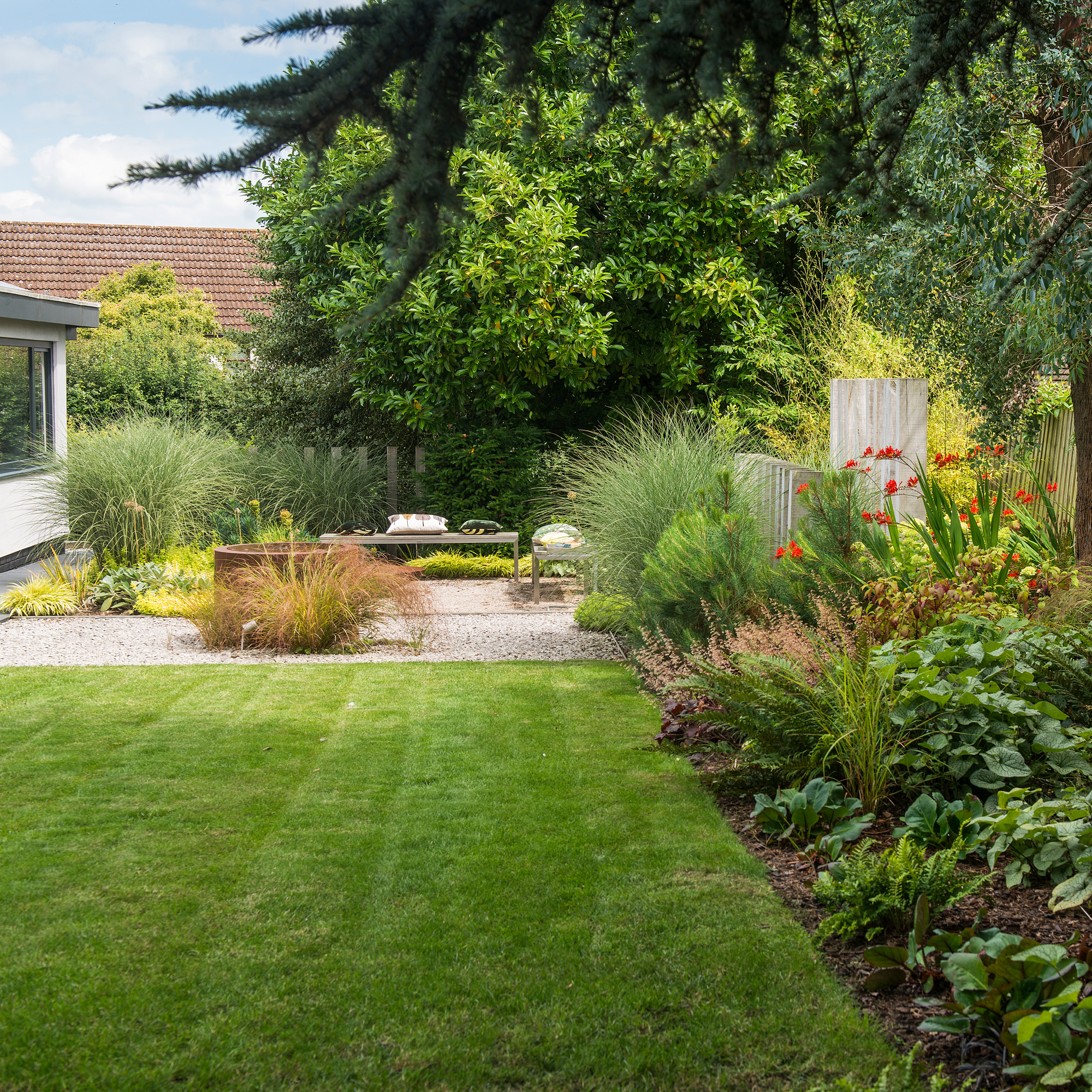 What to do if you've sown the wrong grass seed – experts reveal exactly how to fix it and get your dream lawn back on track
What to do if you've sown the wrong grass seed – experts reveal exactly how to fix it and get your dream lawn back on trackDon't panic! Follow this easy guide to putting it right
By Natalie Osborn